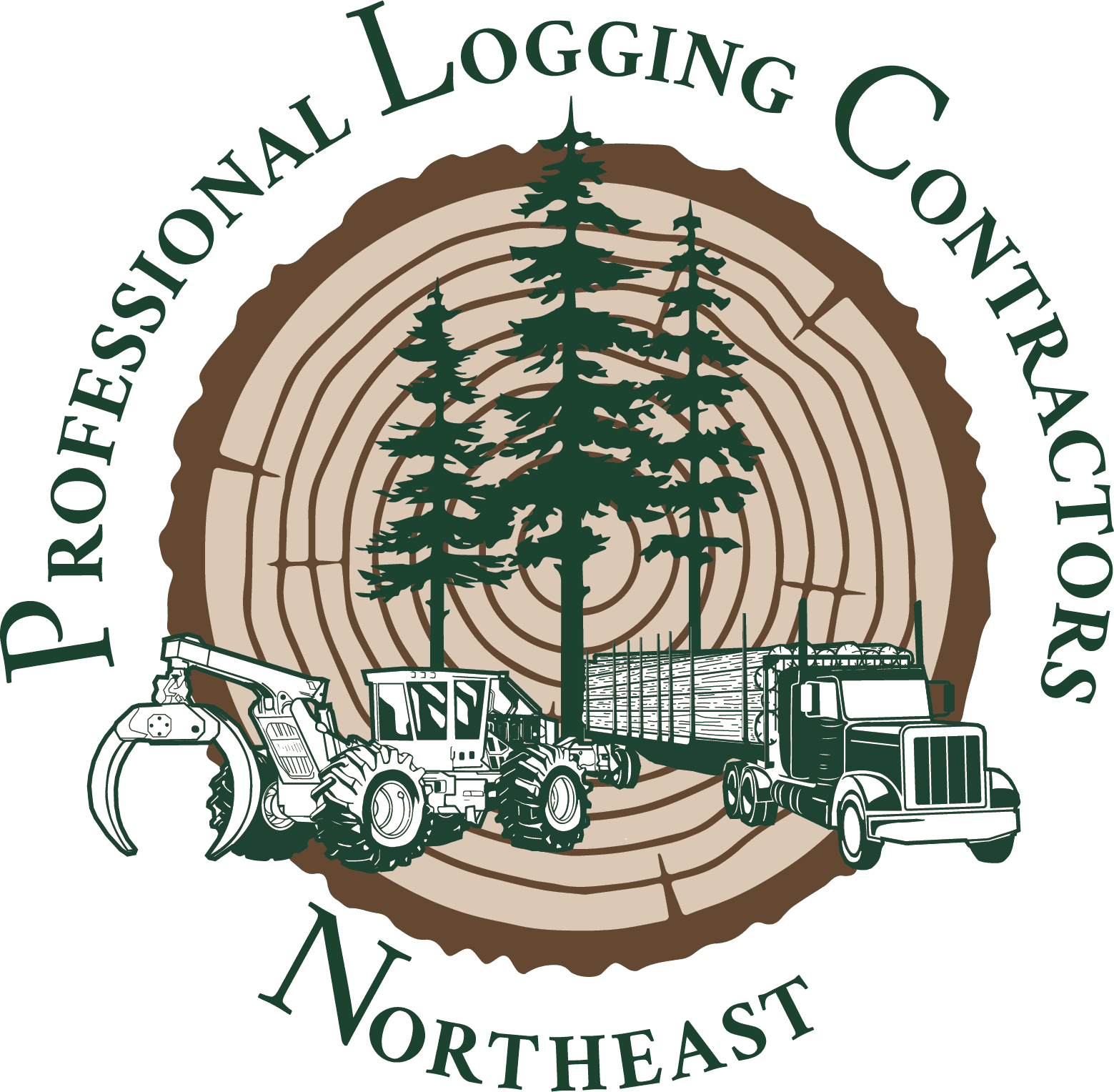AUGUSTA – The Professional Logging Contractors (PLC) of Maine today released results of the state’s first of its kind comprehensive study of the economic impact of Maine logging, showing the industry contributed an estimated $882 million to the state economy in 2014.
The study, conducted with the University of Maine and Farm Credit East, revealed logging supported more than 7,300 jobs in the Maine economy in 2014, including more than 4,600 direct logging jobs and additional jobs in industries including trucking.
Without loggers the entire forest products industry and the timber value chain upon which hundreds of workers and their communities depend would collapse, the study found.
“This study reinforces the importance and value of a strong logging workforce in Maine, not only to the economy, but to all the many industries and communities here in the state that depend on Maine wood,” PLC Executive Director Dana Doran, said. “It also reveals that this is an industry facing large challenges in markets and costs that threaten not only loggers, but the entire forest economic value chain that depends on loggers.”
To better understand the nature of the harvesting industry in Maine, analysts combined a traditional input-output (IMPLAN) analysis with primary data gathered from approximately 60 percent of the member companies of the PLC. The study details estimates of the economic impact of logging in the state of Maine for 2014 developed through both the IMPLAN analysis as well as a survey delivered to members of the PLC in the fall of 2015.
The survey requested employment, harvest, and equipment outlay information for 2013 and 2014. Survey implementation and financial investment analysis was done by Farm Credit East, with assistance from the PLC. IMPLAN and survey results were analyzed by researchers at the University of Maine.
The study showed the average annual wage for workers employed by logging firms rose from $30,751in 2004 to $42,795 in 2014. Worker wages and proprietor income for 2014 exceeded $296 million.
Over that same 10-year period the study showed the numbers of logging firms and workers have remained relatively stable in recent years.
Survey respondents reported an average of 22 employees per firm; 12 in the woods, two in the office, six in trucking, and two mechanics.
The study showed a clear move to mechanization in the industry: Fully 63 percent of surveyed firms were identified as whole tree harvesting operations, and another 26 percent as cut-to-length harvesting operations – both of which use combinations of mechanized logging equipment such as feller bunchers, delimbers, grapple skidders, forwarders, and harvesters to cut, yard, and process wood. Only 11 percent were identified as conventional hand crews using chain saws.
The study revealed most firms surveyed trucked all or the majority of timber harvested themselves, while 24 percent relied on outside sources contracted for trucking. The study estimated logging supports approximately 750 trucking jobs in Maine.
The study also showed logging is an expensive industry; average capital expenditures per firm were $626,000 per year.
For 2014, Maine Forest Service data showed 14,188,085 tons of timber were harvested in Maine including 7,289,270 tons of pulpwood, 4,004,051 tons of saw timber, and 2,894,764 tons of biomass. That was an increase over 2013, when data showed 14,092,191 tons of timber were harvested in Maine, including 7,565,832 tons of pulpwood, 3,833,158 tons of saw timber, and 2,693,201 tons of biomass.
The value of timber sales in 2014 was estimated at $493 million.
Harvesting is an integral part of Maine’s forest products industry. Wood, wood pulp, and paper and paperboard were Maine’s 4th, 5th and 6th most valuable exports, respectively, for 2015, according to the U.S. Census Bureau. In an increasingly global world, the competitiveness of these exports relies on the economic feasibility and health of the harvesting industry that makes it all possible. The industry today faces many challenges but is meeting them by seeking new and nontraditional markets, increasing the focus on professionalism and safety, utilizing the latest technology, and working to educate a new and highly skilled generation of loggers for the future.
Maine’s loggers are a vital part of the state’s forest products sector, which is worth an estimated $8.5 billion annually.
A report summarizing the study is available HERE.
